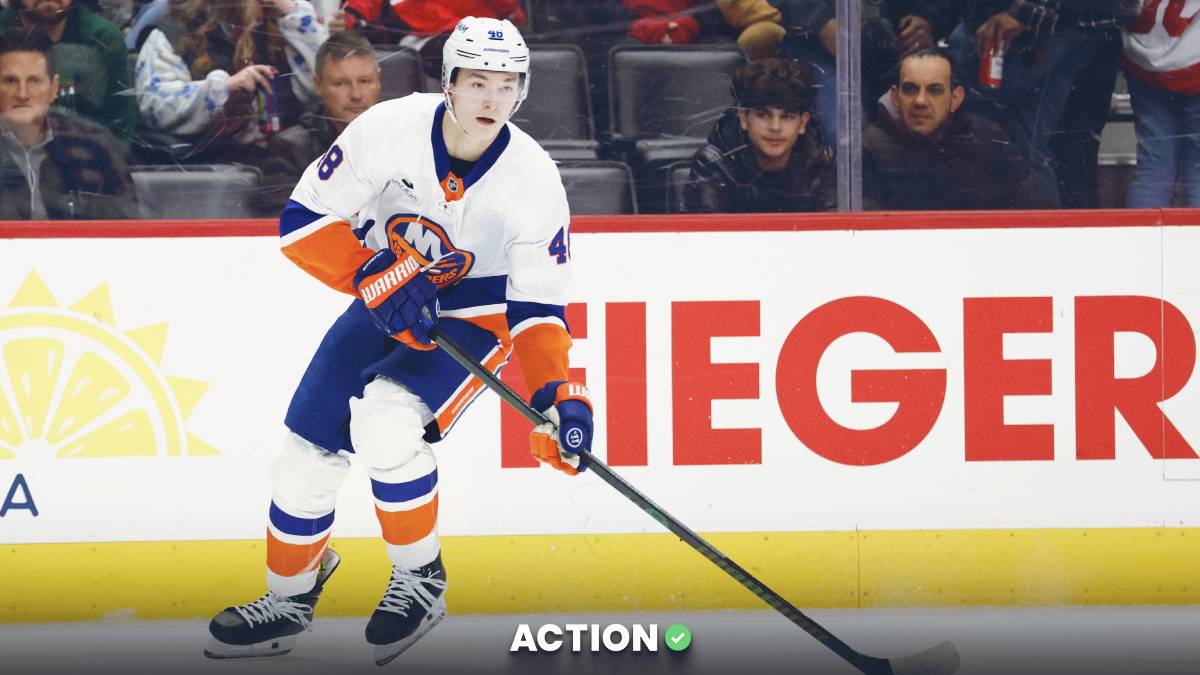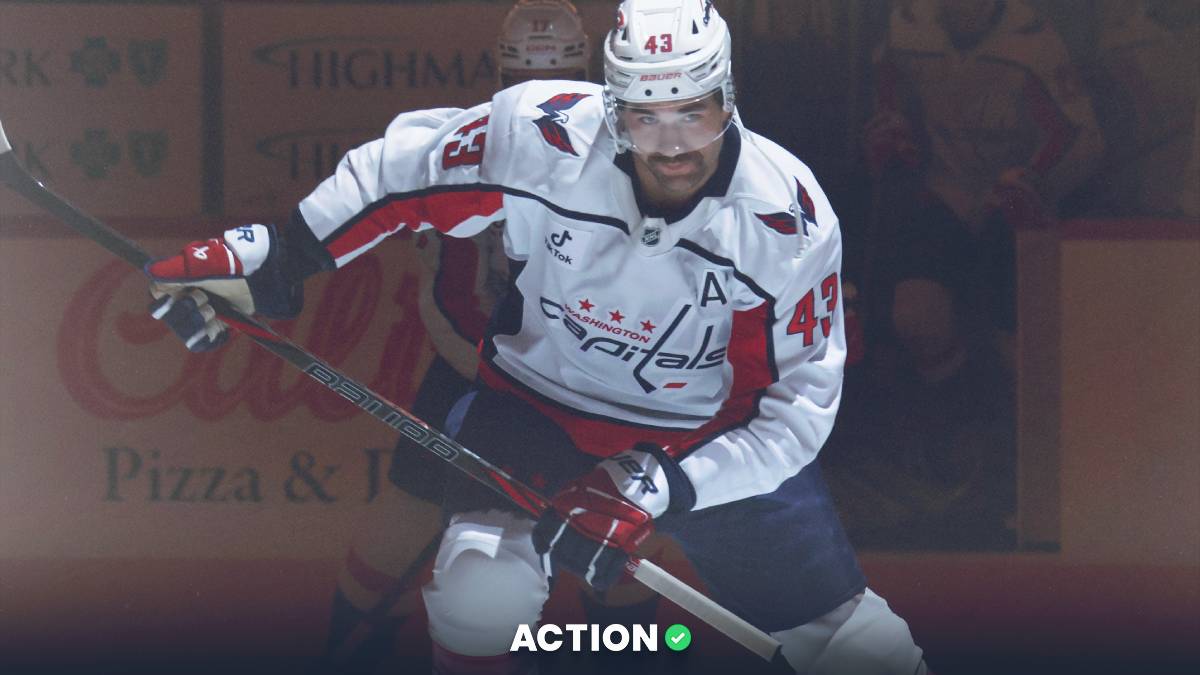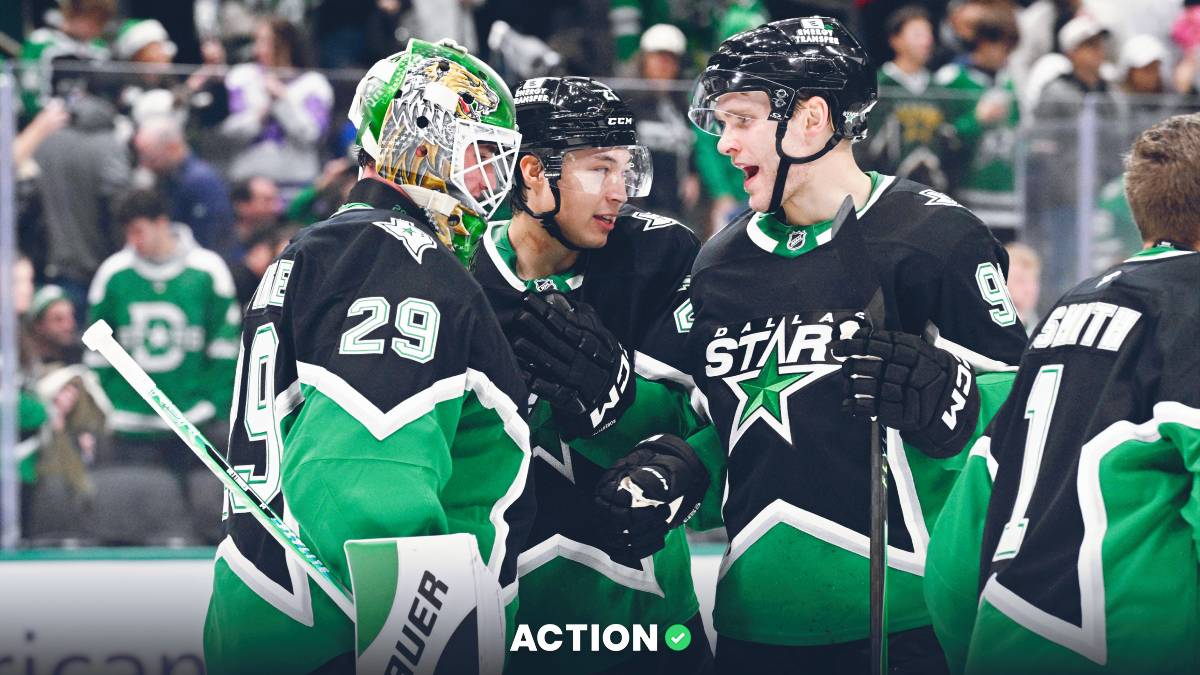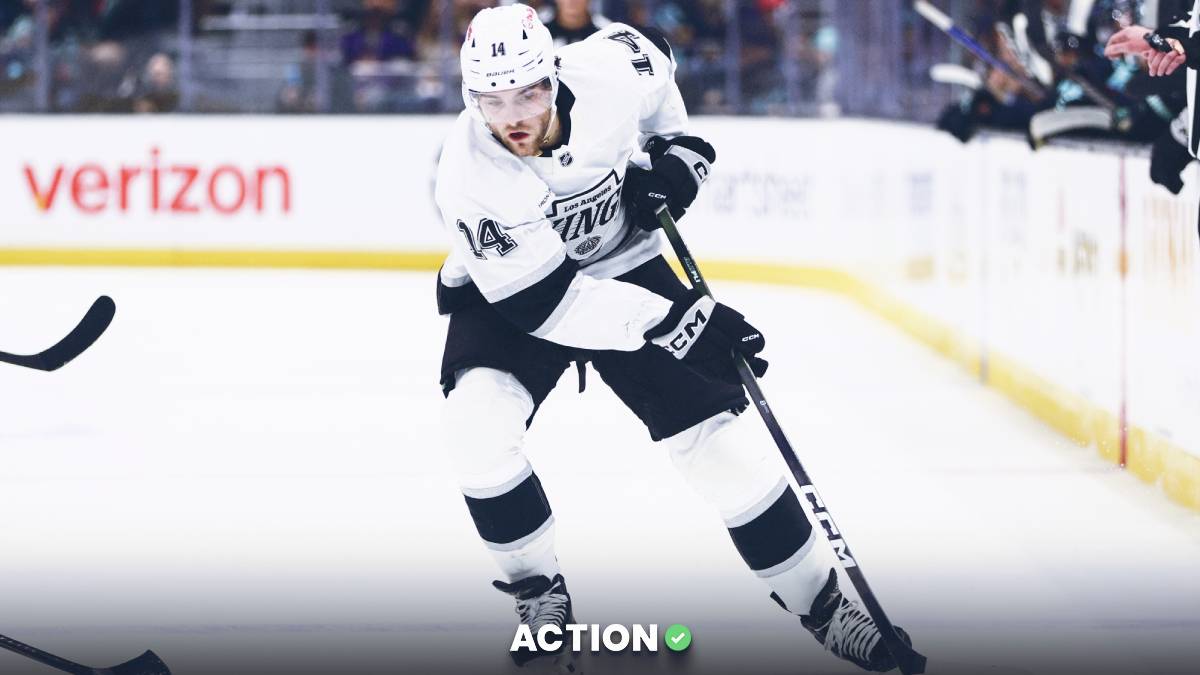The new NHL season begins on Wednesday, Oct. 2 and this season I'll be contributing content to The Action Network with the intention of helping hockey bettors make smarter investments.
There are many variables that go into a betting model and while getting into the nuts and bolts of my model would turn this into a research paper, I am happy to touch on a couple of key metrics that I value.
My models provide me with player ratings based on certain advanced stats that are appropriately weighted for the current season along with prior seasons. Early in the new campaign I rely more on the ratings from prior years, as the season progresses, the weighting shifts to the current season.
Expected Goals
The statistic I value most for skaters and teams is my own formula for Expected Goals (xG). Expected Goals attempts to solve the biggest problem posed by relying on shot-and-possession-based metrics like Corsi and Fenwick — not all shot attempts should be graded equally.
For example, a shot from the slot should, theoretically, have a higher probability of going in the net than a shot from the point. There are expected goals models readily available on the internet as a starting point, for example Corsica Hockey is a widely-used resource for xG.
Goaltending
I feel the most effective way to assess a goaltender is by comparing it to that of his peers, independent of the team. For example, Goals Against Average (GAA) falls short as a useful metric for judging goalies because a team's defensive ability plays a critical role in determining a goaltender’s GAA.
Similarly, Save Percentage (SV%) doesn’t account for the quality of the save. A strong defensive team will limit High-Danger Chances (HDC), and that will inflate a goalie's SV%.
More meaningful measures, in my opinion, are Expected Save Percentage (xSV%) and Goals Saved Above Average (GSAA). Expected Save Percentage takes the quality of the shot faced by the goaltender into account. The difference between SV% and xSV% can be a useful tool to determine how the market values a goaltender.
Similarly, GSAA measures the goals a goaltender saves compared to a league-average goaltender.
Lineup Changes
I determine a team rating from my models based on expected lineups and goaltenders. I then translate that team rating into a betting line, which I compare to posted lines to determine my perceived edge.
Since players are constantly plugged in and out of my projected lineups, it is important to keep up with lineup changes. In my opinion, this is best done via team beat writers on Twitter.
Tips for Novice NHL Bettors
Read, Read, Read
For novice hockey bettors interested in a quantitative approach, I encourage reading the many research papers that are available on the internet. From what to look for in watching a hockey game with a critical eye, to the basic steps on building a betting model, the literature available is a tremendous resource.
Home-Ice Advantage
Home-ice advantage in hockey is not the same as in other sports. Don’t over-value home ice.
Travel
Keep an eye on teams’ travel schedules. Back-to-back nights will generally result in one game being started by the back-up goalie. Monitor how the market adjusts and be prepared to take advantage of over-adjustments.





















































